As the sun sets, casting a golden glow over the cliffs of Luxor’s West Bank, the Mortuary Temple of Hatshepsut emerges in breathtaking splendor. This architectural marvel, constructed during Egypt’s 18th Dynasty, transcends mere structural brilliance; it stands as a lasting testament to the extraordinary reign of Pharaoh Hatshepsut, one of history’s most influential female rulers.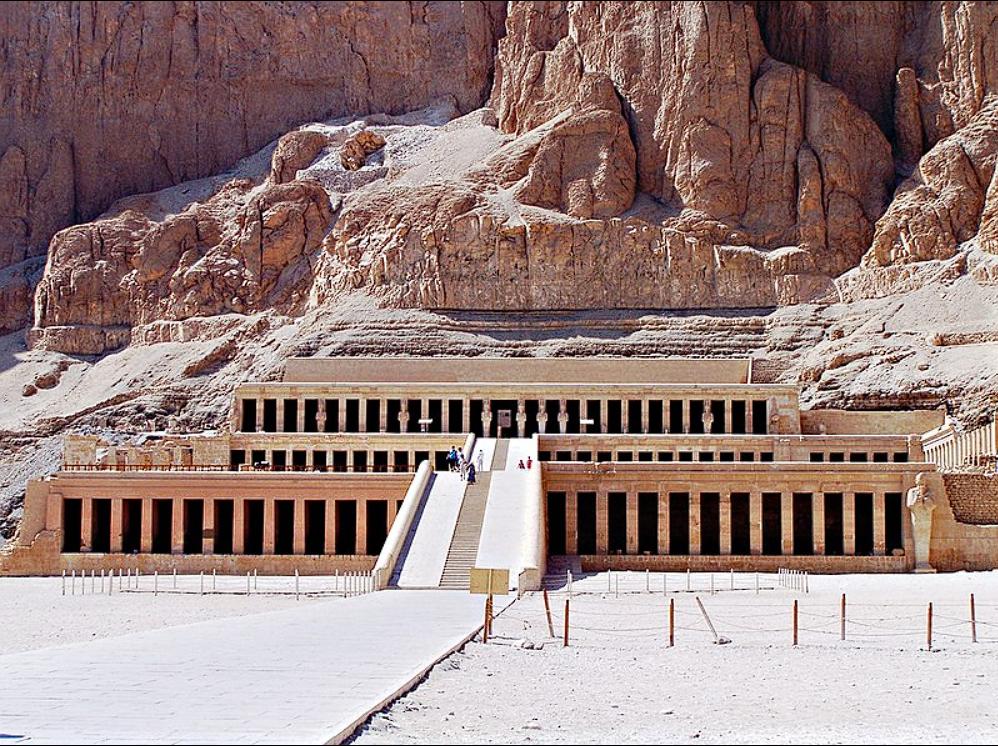
A Temple of Grandeur: Hatshepsut’s Architectural Legacy
- Blending Nature and Monumentality:
- The temple’s design, seamlessly integrating with the towering cliffs behind it, reflects the ingenuity of ancient Egyptian builders. This harmonious blend of natural beauty and monumental architecture creates an awe-inspiring visual spectacle.
- Colonnaded Terraces: A Journey Through History:
- A sphinx-lined avenue once guided visitors through the temple’s colonnaded terraces, each level adorned with intricate reliefs that narrate the pharaoh’s divine birth, her expeditions to the Land of Punt, and her divine appointment by Amun.
- Reliefs of Divine Authority: Narrating a Pharaoh’s Reign:
- The temple’s reliefs provide invaluable insights into Hatshepsut’s reign, showcasing her divine right to rule and her significant achievements. These artistic narratives serve as a historical record, immortalizing her legacy.
A Symbol of Power: Hatshepsut’s Enduring Influence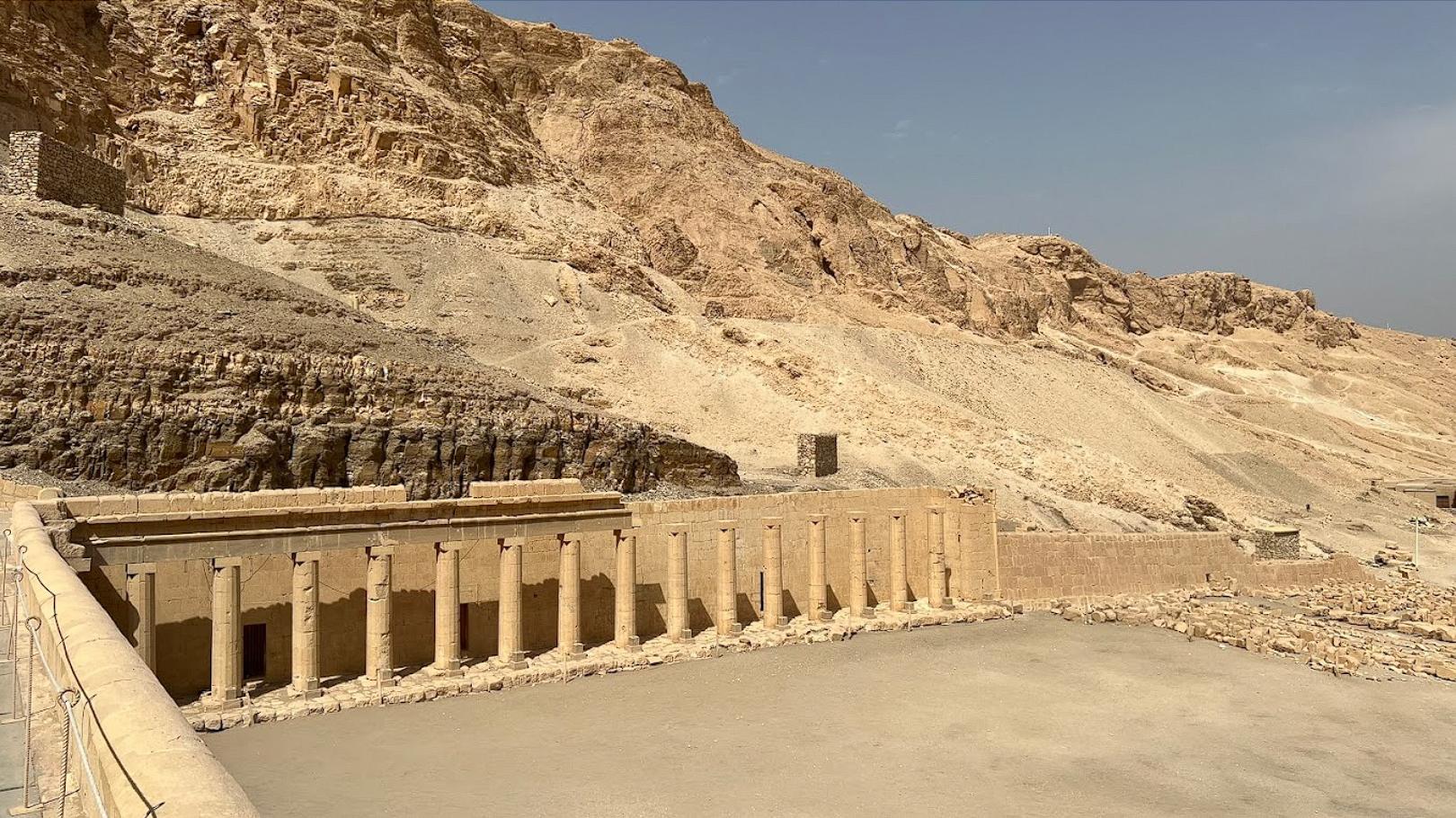
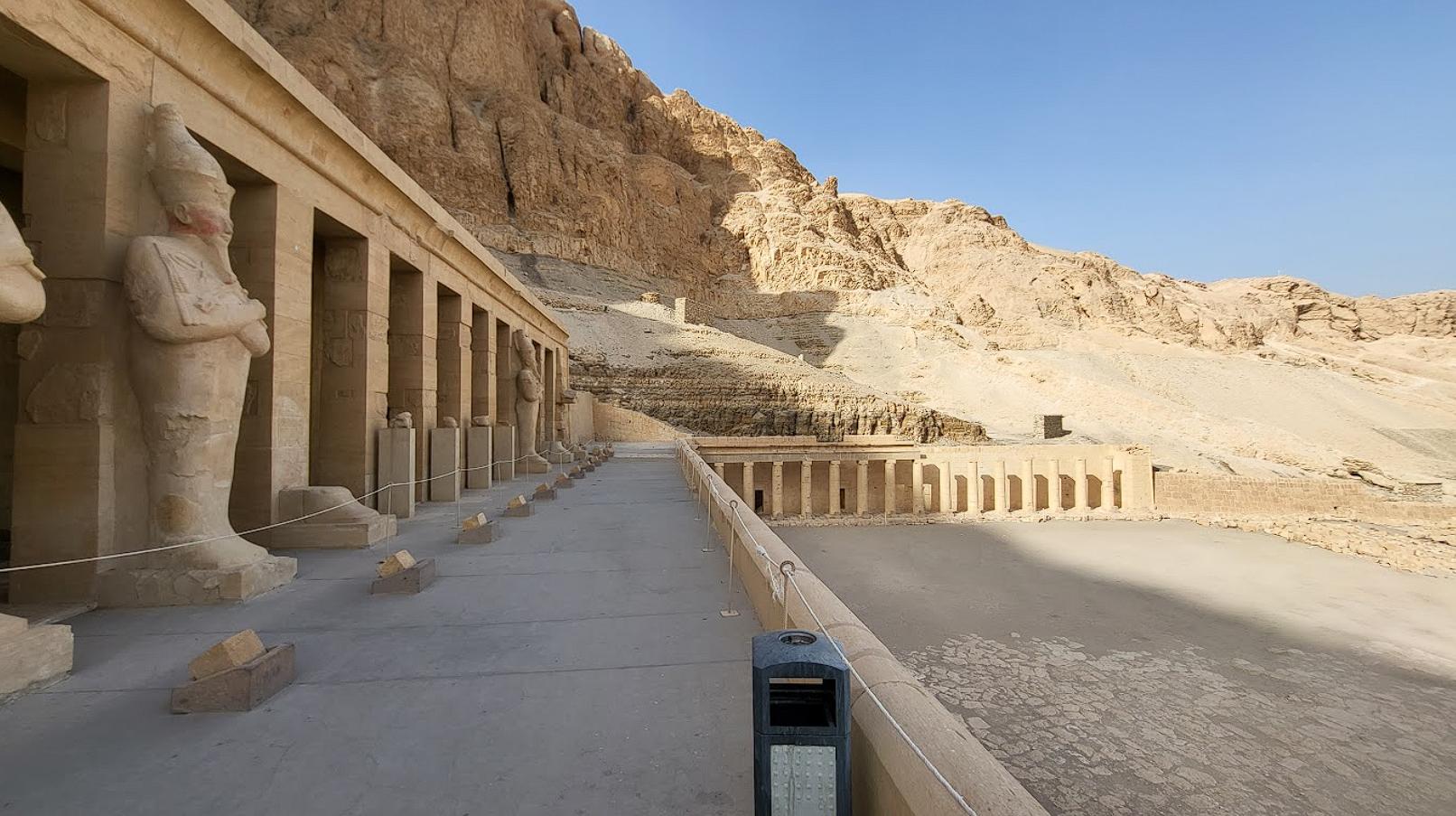
- Defying Convention: A Female Pharaoh’s Triumph:
- Hatshepsut’s temple stands as a powerful symbol of her defiance against societal norms. She claimed the throne as pharaoh, challenging traditional gender roles and leaving an indelible mark on Egyptian history.
- A Legacy of Enduring Power: Monumental Achievement:
- The temple’s enduring presence is a testament to Hatshepsut’s power and legacy. It serves as a reminder of her ability to command resources and inspire monumental achievements.
- Inspiring Awe: A Timeless Masterpiece:
- Even today, Hatshepsut’s Mortuary Temple continues to inspire awe and admiration. Its architectural grandeur and historical significance make it one of the most remarkable monuments of the ancient world.
The Significance of Mortuary Temples in Ancient Egypt
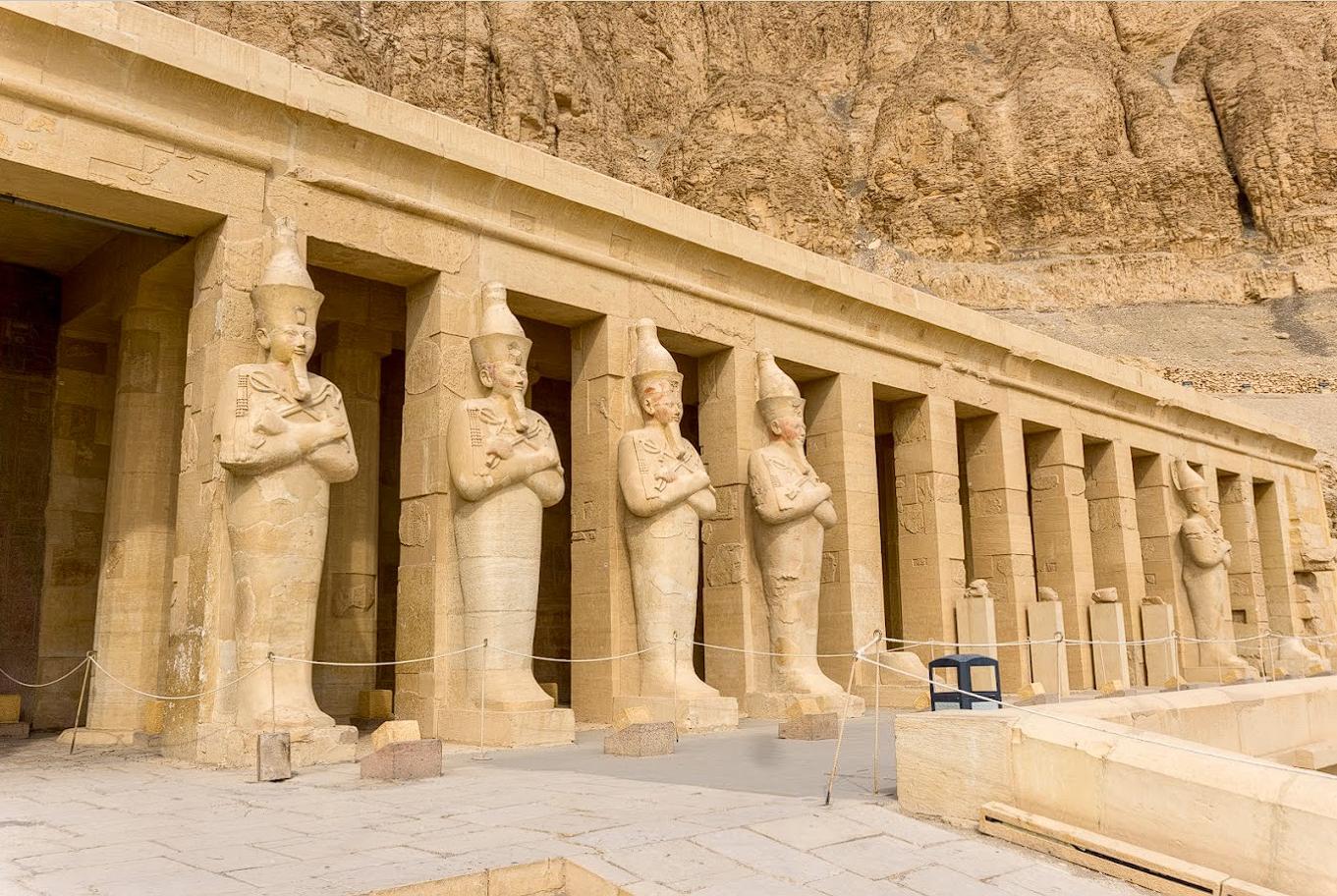
- Places of Worship: Honoring the Pharaoh:
- Mortuary temples served as places of worship, dedicated to honoring the deceased pharaoh. They were designed to ensure the pharaoh’s continued existence in the afterlife.
- Symbols of Royal Power: Asserting Divine Authority:
- These temples were also symbols of royal power, asserting the pharaoh’s divine authority and their connection to the gods. They reinforced the pharaoh’s role as an intermediary between the earthly and divine realms.
- Historical Records: Narrating Royal Achievements:
- The intricate reliefs and inscriptions within mortuary temples served as historical records, narrating the pharaoh’s achievements and their divine mandate. They provided valuable insights into ancient Egyptian culture and history.
The Lasting Legacy of Hatshepsut’s Temple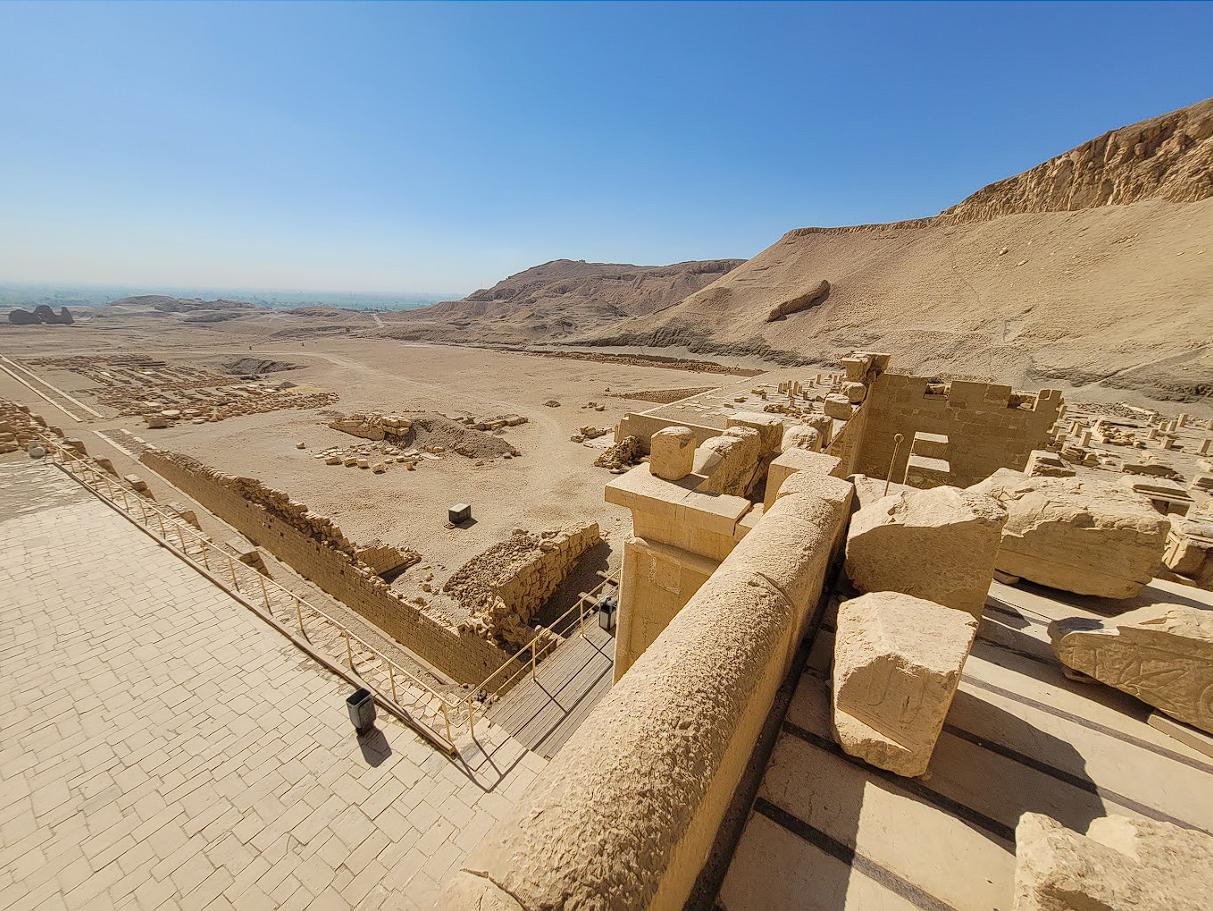
- Architectural Brilliance: A Testament to Ancient Ingenuity:
- Hatshepsut’s temple stands as a testament to the architectural brilliance of ancient Egyptian builders. Its design and construction demonstrate their advanced engineering skills.
- A Symbol of Female Leadership: Inspiring Generations:
- The temple’s legacy extends beyond its architectural significance. It serves as a symbol of female leadership, inspiring generations with Hatshepsut’s courage and determination.
- A Cultural Treasure: Preserving Ancient History:
- Hatshepsut’s Mortuary Temple remains a cultural treasure, preserving the rich history and artistic achievements of ancient Egypt. It continues to captivate visitors from around the world.
Hatshepsut’s Mortuary Temple is more than just a monument; it’s a powerful symbol of a remarkable ruler who defied convention and left behind an enduring legacy. Its architectural grandeur and historical significance continue to inspire awe, making it a must see location for anyone interested in ancient Egyptian history.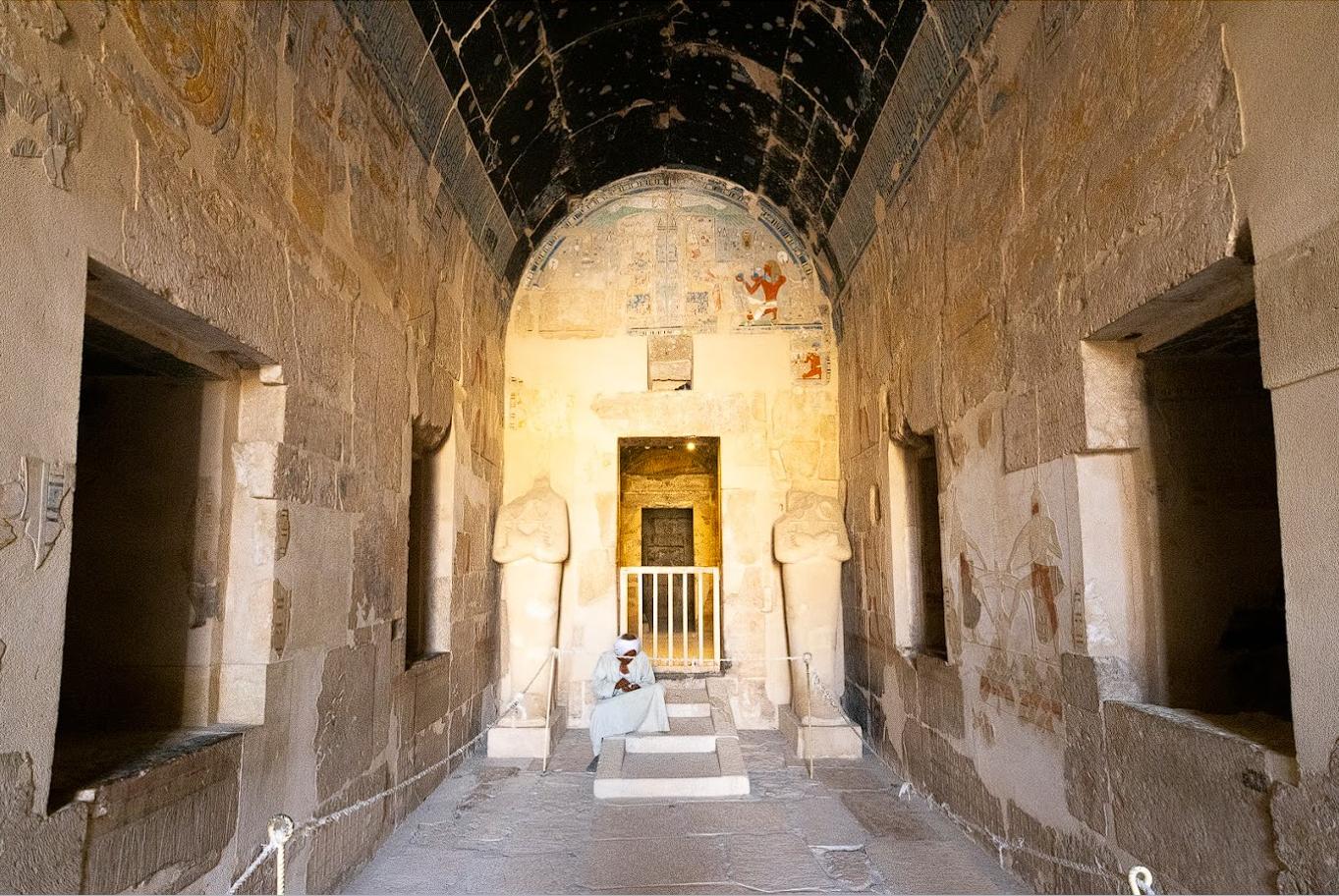

CÁC TIN KHÁC
Mary Walton: The Forgotten Inventor Who Helped Clean Up America’s Cities
Tomb of Queen Nefertari in the Valley of the Queens, Egypt
Discover the Hypostyle Hall of the Temple of Hathor at Dendera
Venus de Losange: Unveiling the Mystery of a 20,000-Year-Old Paleolithic Icon